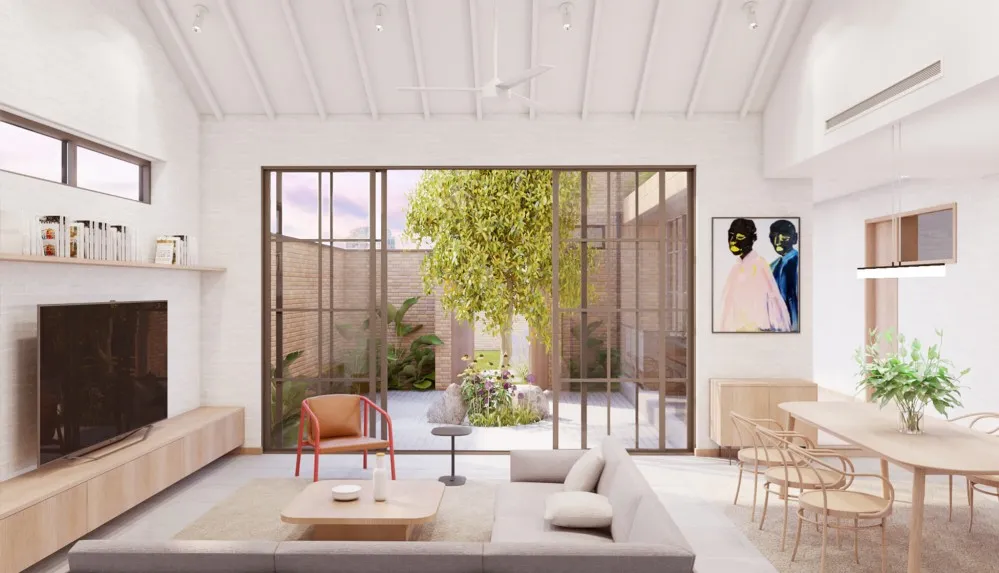
Emmanuel Quartey has been sharing the process of how he is designing and building a home for himself and his family. He’s extremely thoughtful about how the home will not only serve his family both now and in the distant future, but also how it can be "kind to the street" (I love this phrase. It’s so much more generous than "curb appeal").
He summarizes the project like so:
The goal was to create a beautiful, adaptable, care-minded home for my family which could evolve and grow gracefully with us over many generations. You’ve likely seen photos of old, stately homes, which are clearly the product of many lifetimes of care. How might we build something like that today?
He also expresses genuine surprise at the disposable nature of most modern home construction:
One of the most surprising things I’ve learned during this experience is that most modern homes are built with the intention that they last between 30 to 50 years. As in, the way they’re constructed and financed assumes that they’ll fall apart within the lifetime of the builder. […] For some reason, I had just assumed that buildings are expected to last a very long time - hundreds of years. It has been humbling to discover that in a very real way, contemporary buildings are almost disposable.
Where I live in Massachusetts, 100+ year old homes are common. But what he says rings true. With many things we buy modern life, longevity is not a priority. New(ish) home construction is no exception.
Emmanuel’s post goes in depth with the floor plans, the collaboration with his architect, design directions, and how the home can serve all the senses. If you dig into this post, it’s also worth reading the design brief he put together for the project.
- URL
- quartey.com/writing/designing-family-home
- Filed under
- Architecture
- Design
- Family
